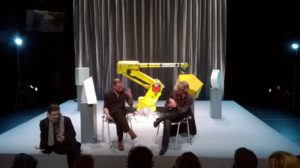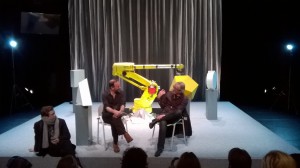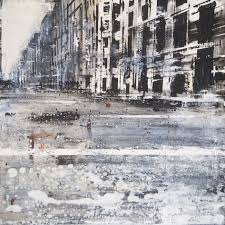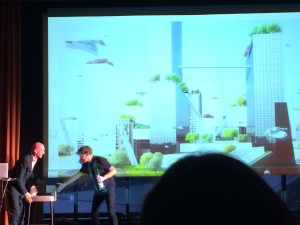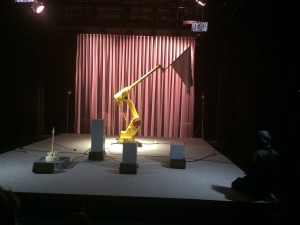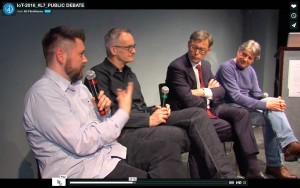Tussen 2014 en 2016 bracht Theatercollectief Urland 3 voorstellingen rond technologie en maatschappij. “De Internet Trilogie is een collectieve, digitale trip waarin het lichaam transformeert en de toekomst voelbaar wordt gemaakt. De rite schrijft de mythe, natuurlijk op het analoge toneel.” Na afloop van de voorstelling op 4 november 2016 in de Schouwburg Rotterdam werd een boeiende inhoudelijke discussie gevoerd tussen regisseur Florian Hellwig, Martin Pot en publiek.
